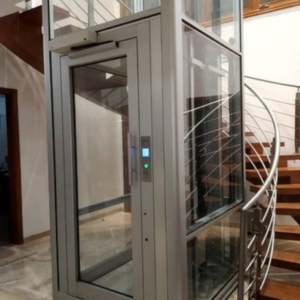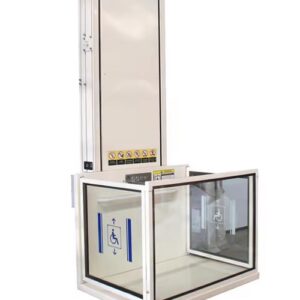Passenger Elevators for Low to High-Rise Buildings
Passenger elevators are essential for smooth and efficient vertical transportation in low to high-rise buildings. Designed for safety, comfort, and reliability, they enhance accessibility in residential, commercial, and industrial spaces. Modern elevators feature advanced technology, energy efficiency, and sleek designs, ensuring seamless movement while accommodating various building heights and capacities.
Product Description
Passenger Elevators for Low to High-Rise Buildings
Passenger elevators are essential in modern buildings. They provide efficient vertical transportation for residents, employees, and visitors. Whether in low-rise apartments, mid-rise office buildings, or high-rise commercial towers, elevators improve accessibility, comfort, and safety. Modern technology ensures smooth rides, energy efficiency, and durability to suit different structures.
Types of Passenger Elevators
Passenger elevators vary based on building height and usage. Hydraulic elevators, ideal for low-rise buildings, use a piston mechanism powered by hydraulic fluid. They offer a smooth ride but operate slower than traction elevators. Traction elevators, which rely on steel cables and counterweights, work better for mid to high-rise buildings due to their speed and energy efficiency. These come in geared and gearless models, with gearless traction elevators preferred for high-rise structures.
Machine Room-Less (MRL) elevators save space by eliminating the need for a separate machine room. They consume less energy and require minimal maintenance. Panoramic elevators, featuring glass walls, add aesthetic appeal and enhance the user experience in commercial and luxury buildings.
Key Features and Benefits
Passenger elevators come with advanced features to ensure safety and comfort. Automatic door operations, emergency stop buttons, and overload sensors improve safety. Modern elevators use noise reduction technology for a quiet and smooth ride. Digital control panels, LED indicators, and touchless systems enhance convenience and accessibility.
Energy efficiency plays a crucial role in elevator design. Features like regenerative drives, LED lighting, and standby modes reduce power consumption. In high-rise buildings, destination control systems optimize elevator usage by grouping passengers based on their floors. This minimizes wait times and improves efficiency.
Installation and Maintenance
Installing a passenger elevator depends on several factors, including building structure, space, and power requirements. Professional installation ensures safety compliance and long-term reliability. The process involves detailed planning, shaft construction, electrical wiring, and system configuration.
Regular maintenance keeps elevators in optimal condition. Routine inspections, lubrication, and software updates prevent breakdowns and extend lifespan. Property owners often sign service contracts with professional maintenance companies to ensure timely repairs and servicing.
Choosing the Right Elevator for Your Building
The right passenger elevator depends on building height, user capacity, and design preferences. Developers and property owners should work with reputable manufacturers to get high-quality products that meet safety standards. The choice of materials, cabin design, and additional features should match the building’s aesthetics and functionality.
Passenger elevators enhance mobility, improve convenience, and add value to properties. Whether in residential complexes, commercial offices, or high-rise towers, a well-chosen elevator ensures smooth and reliable transportation for all users.













Reviews
There are no reviews yet.